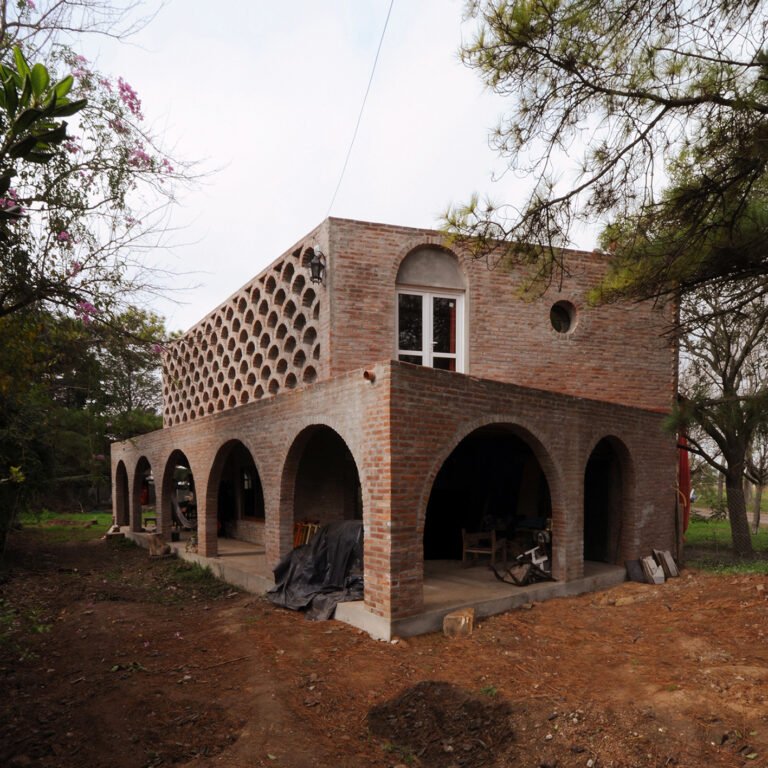After Dobbs v. Jackson Women’s Health Organization, a network of women architects studies abortion using the tools of architecture
Abortion in the U.S. has a significant spatial component. Let’s start with the obvious: Abortions, both surgical and medical, have historically happened primarily at dedicated clinics, separately from other procedures. Clinics became the primary place for abortions after Roe v. Wade because they didn’t pose the same challenges as hospitals, which, in addition to burdensome maintenance costs and code requirements, are often religiously affiliated and can refuse to provide abortions. Additionally, and crucially, clinics can hire exclusively pro-abortion staff, making the experience more comfortable for patients and the internal working dynamics more manageable.
Despite these advantages, separating clinics from other healthcare spaces has had the long-term effect of making them targets of antiabortion actions from extremists who perpetrate all kinds of violence against both the facilities themselves and the people who seek care there, as well as from legislators.
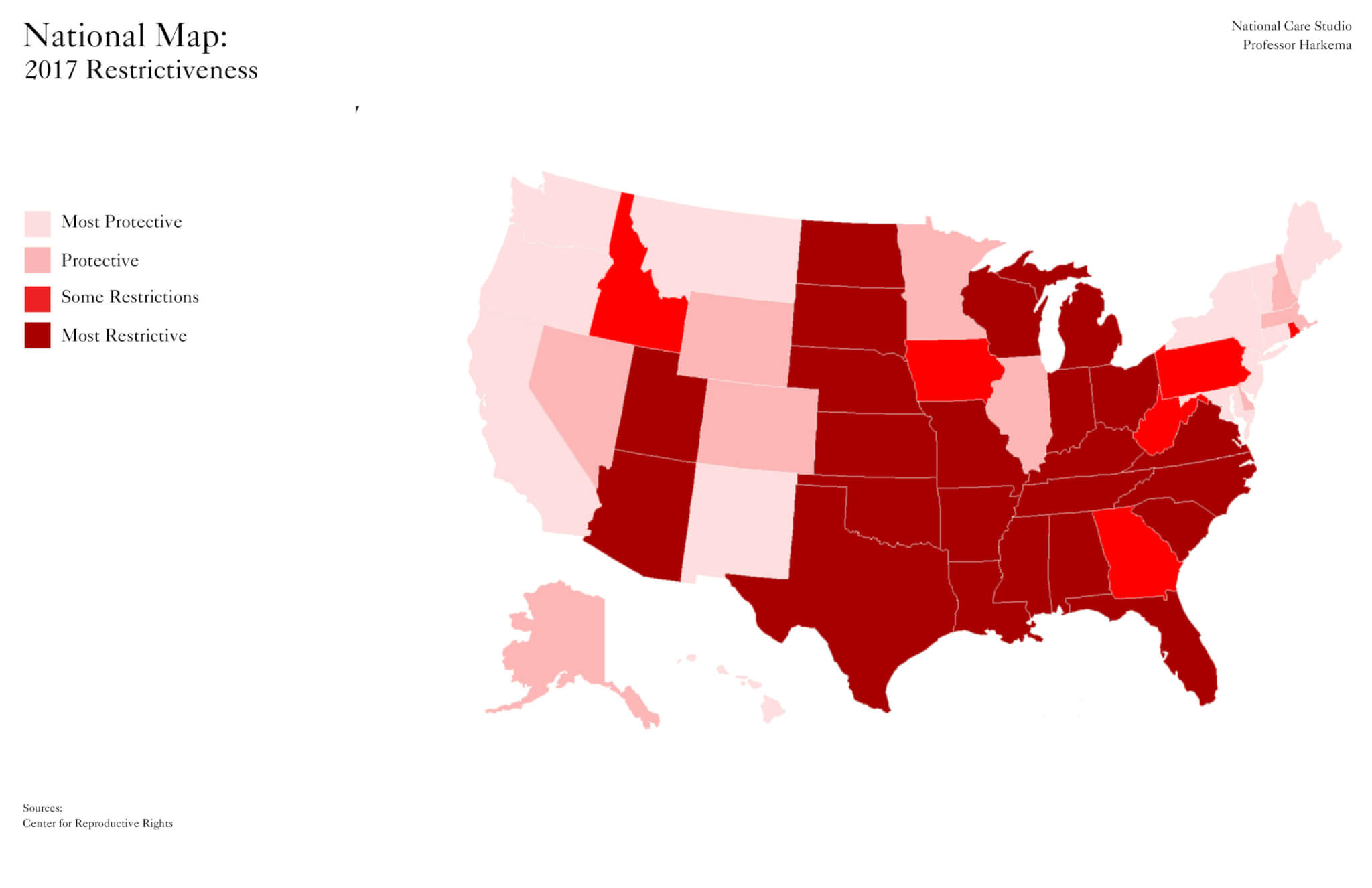
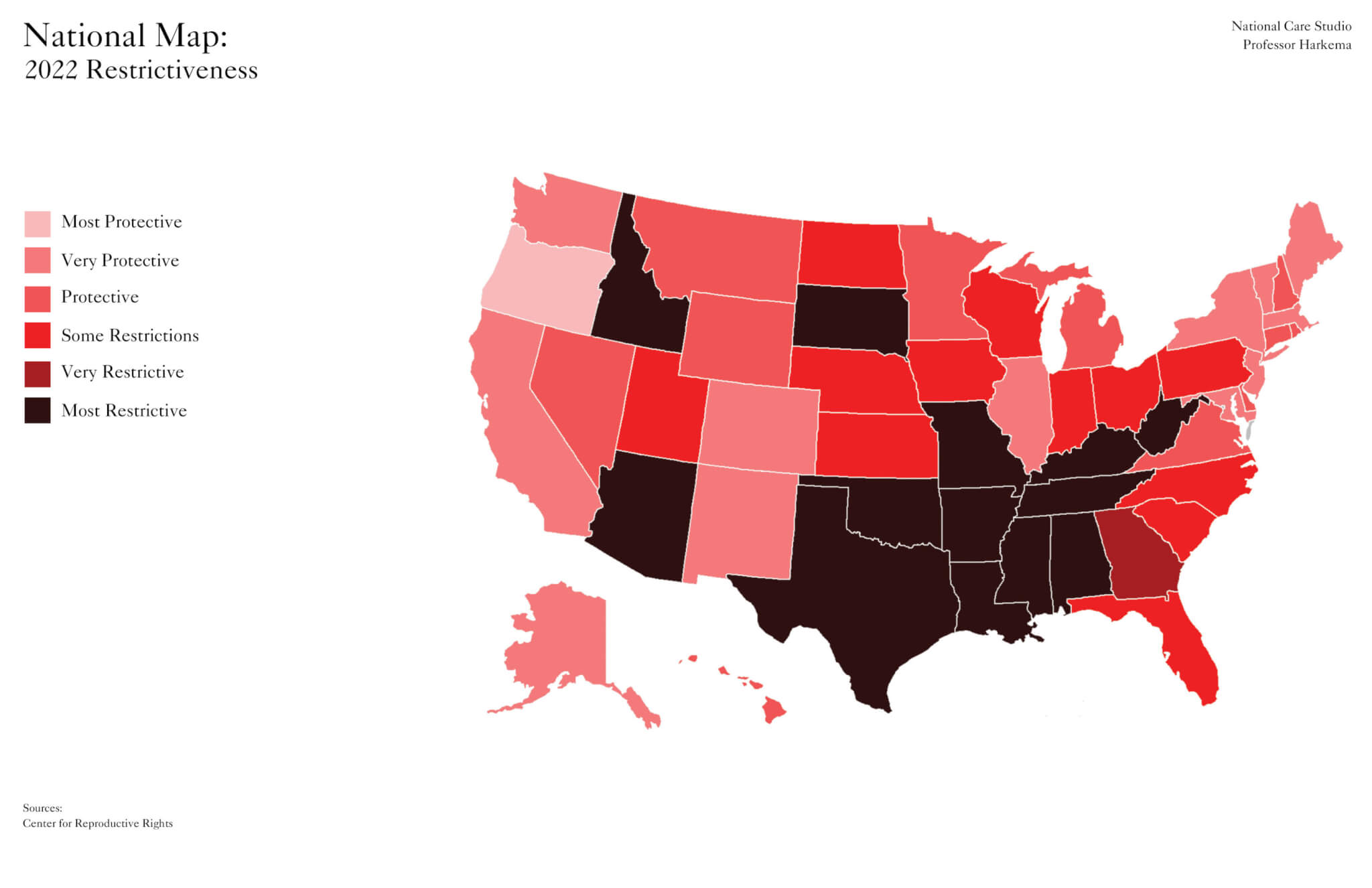
In 2013, via House Bill 2 (HB2), the State of Texas passed a set of laws that increased restrictions on abortion clinics. One such restriction stipulated that clinics comply with standards for ambulatory surgery centers (ASC). As compared with regular abortion clinics, ASCs require, among other provisions, wider corridors and doors, larger exam rooms, a dedicated operating room, and finishes that are easy to clean. The changes can turn clinics from warm, welcoming spaces to something more akin to an operating room. Then Texas governor Rick Perry claimed that HB2 would help “support the health of Texas women,” furnishing a higher standard of care, but in practice, it dramatically reduced abortion access across the state. The bill also mandated that clinics have hospital affiliation, required that medical abortions follow outdated FDA labeling, and banned abortions after 20 weeks. Five months after the law was passed, the number of abortion clinics in Texas dropped from 41 to 22.
Laws like HB2 have become known as targeted restrictions on abortion providers, or TRAP laws, and they often have a significant spatial and architectural component. While these laws will likely become less commonplace now that Dobbs v. Jackson Women’s Health Organization has deemed that the Constitution does not grant the right to an abortion, the architectural dimension of abortion access and reproductive healthcare remains a serious concern.
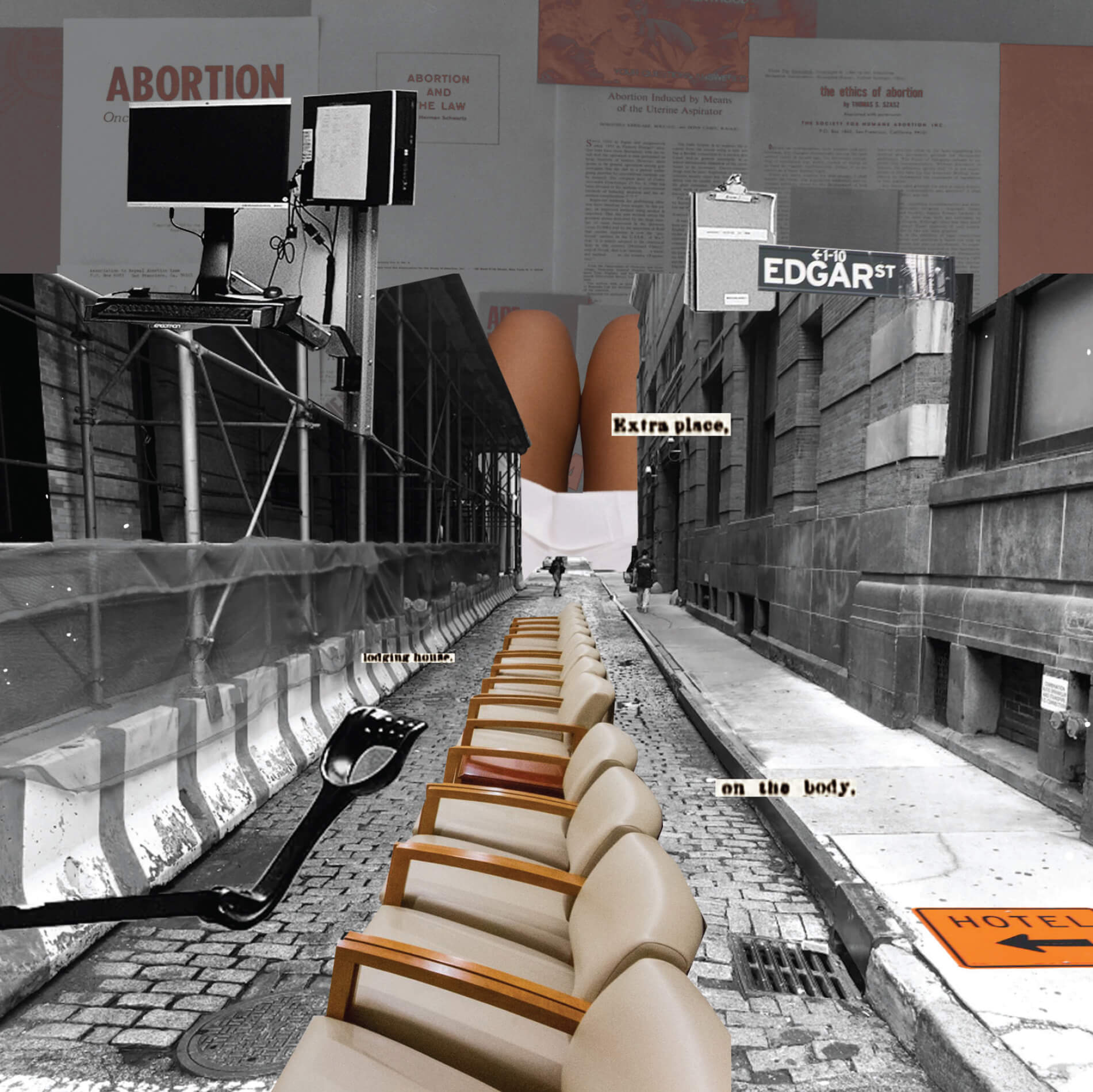
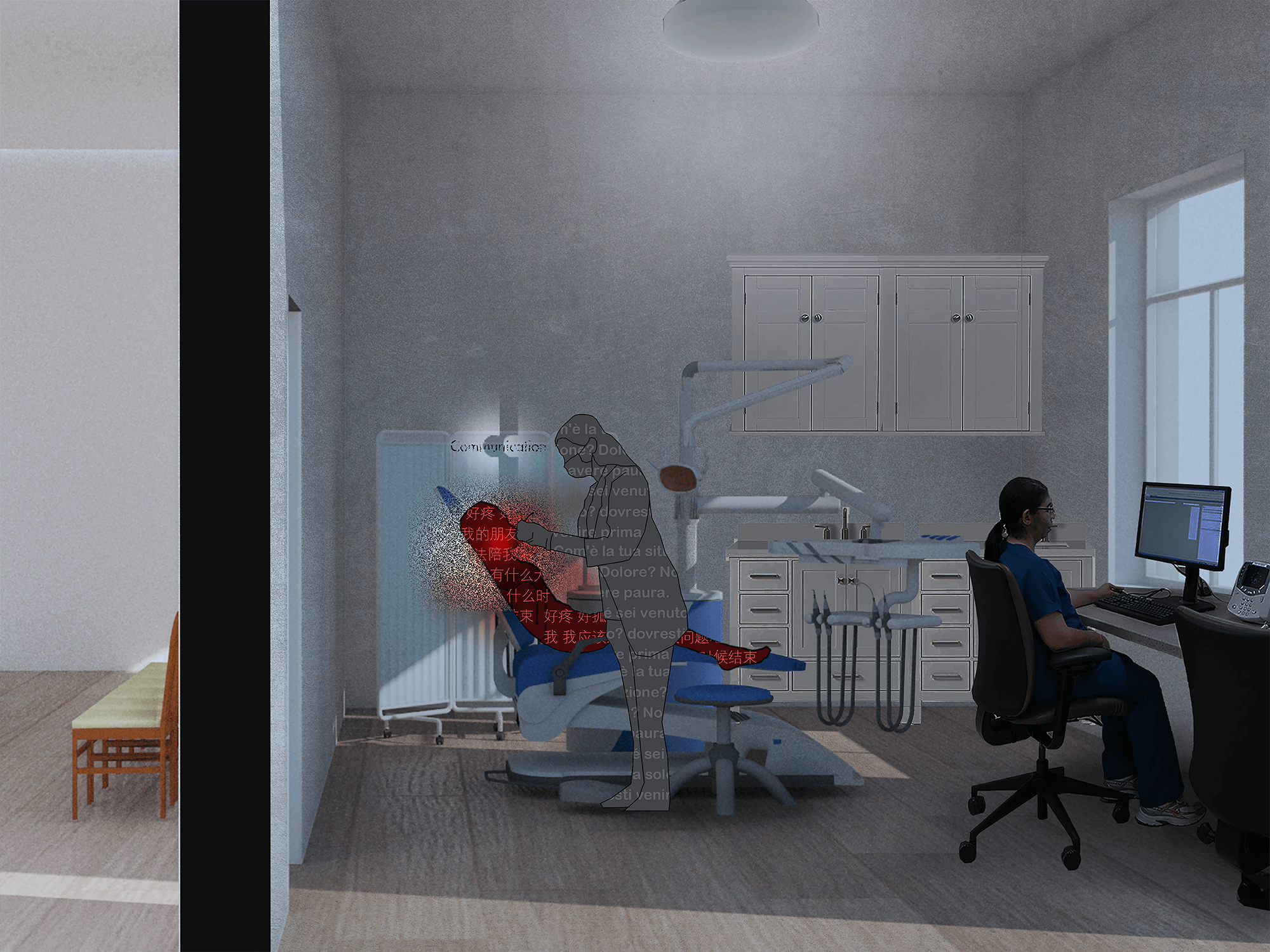
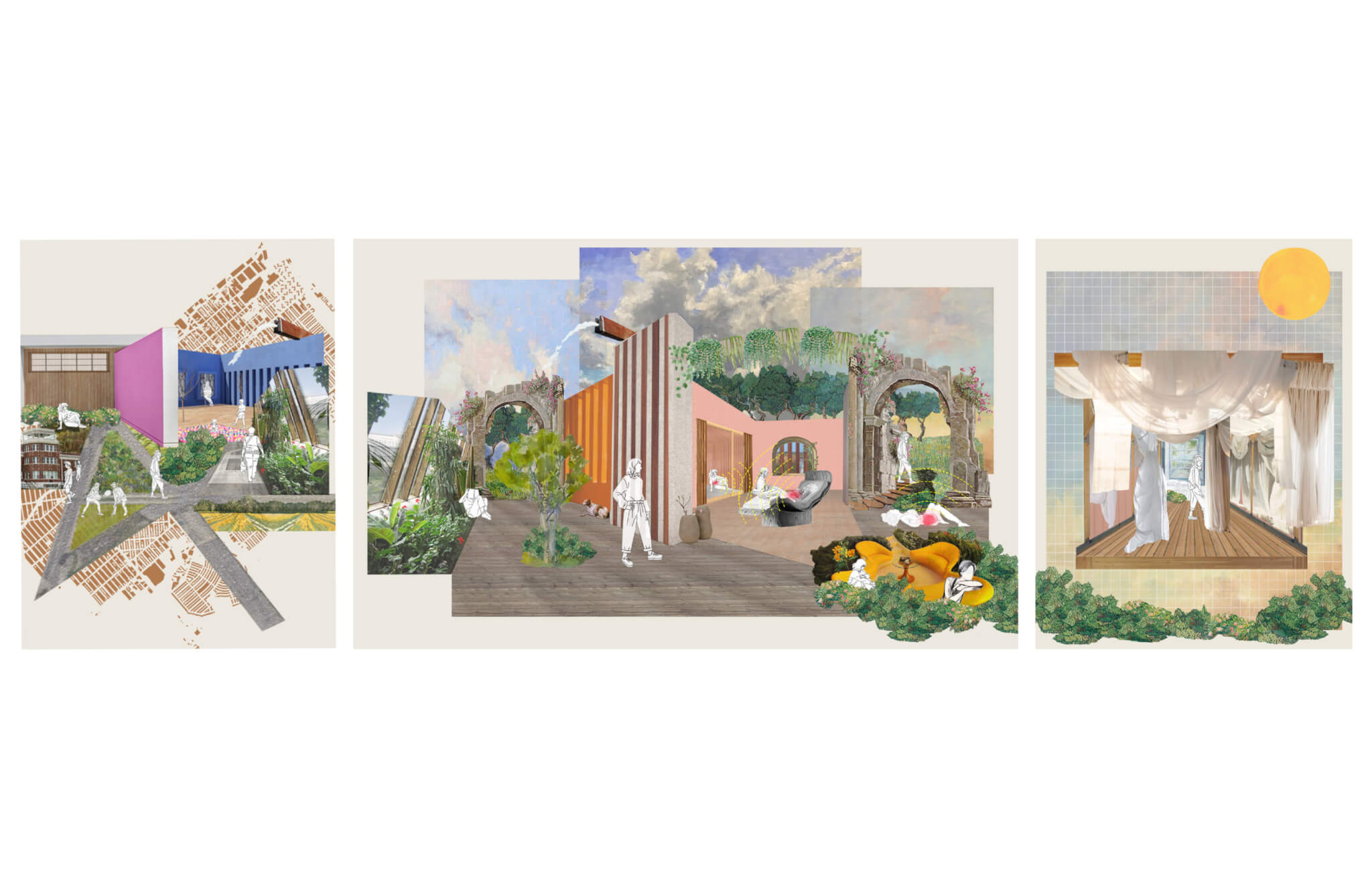
Last summer, after the Dobbs decision, Lori Brown, cofounder and current leader of the gender equity nonprofit ArchiteXX and a professor at Syracuse University School of Architecture, and Jordan Kravitz, a healthcare architect, began compiling a list of architects interested in ameliorating the new conditions of abortion access. The nascent network seeks to help clinics expand in states where abortion remains legal, anticipating increased demand, as well as build new clinics near the border in states that have legal abortion and sit adjacent to states that don’t.
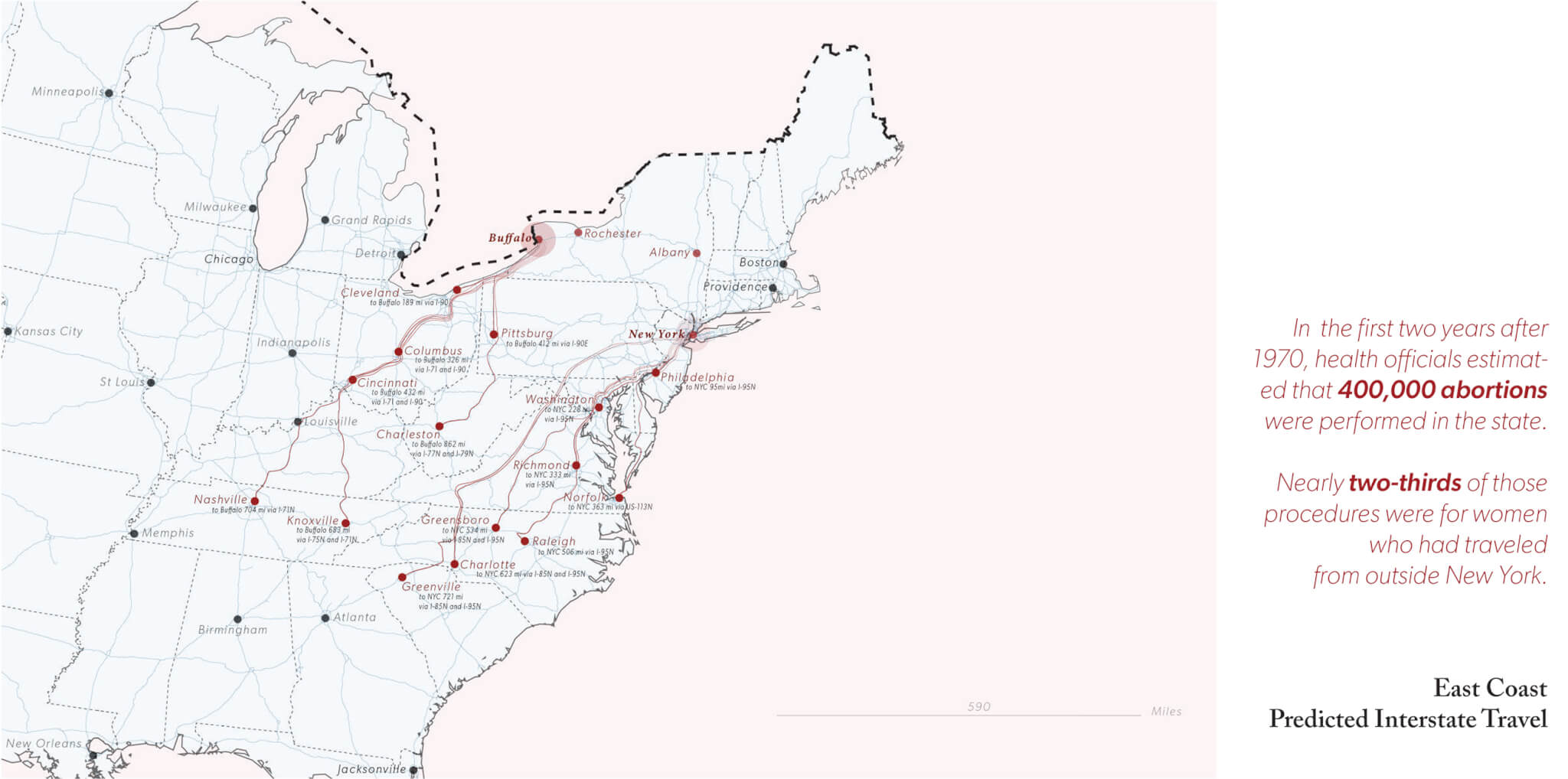
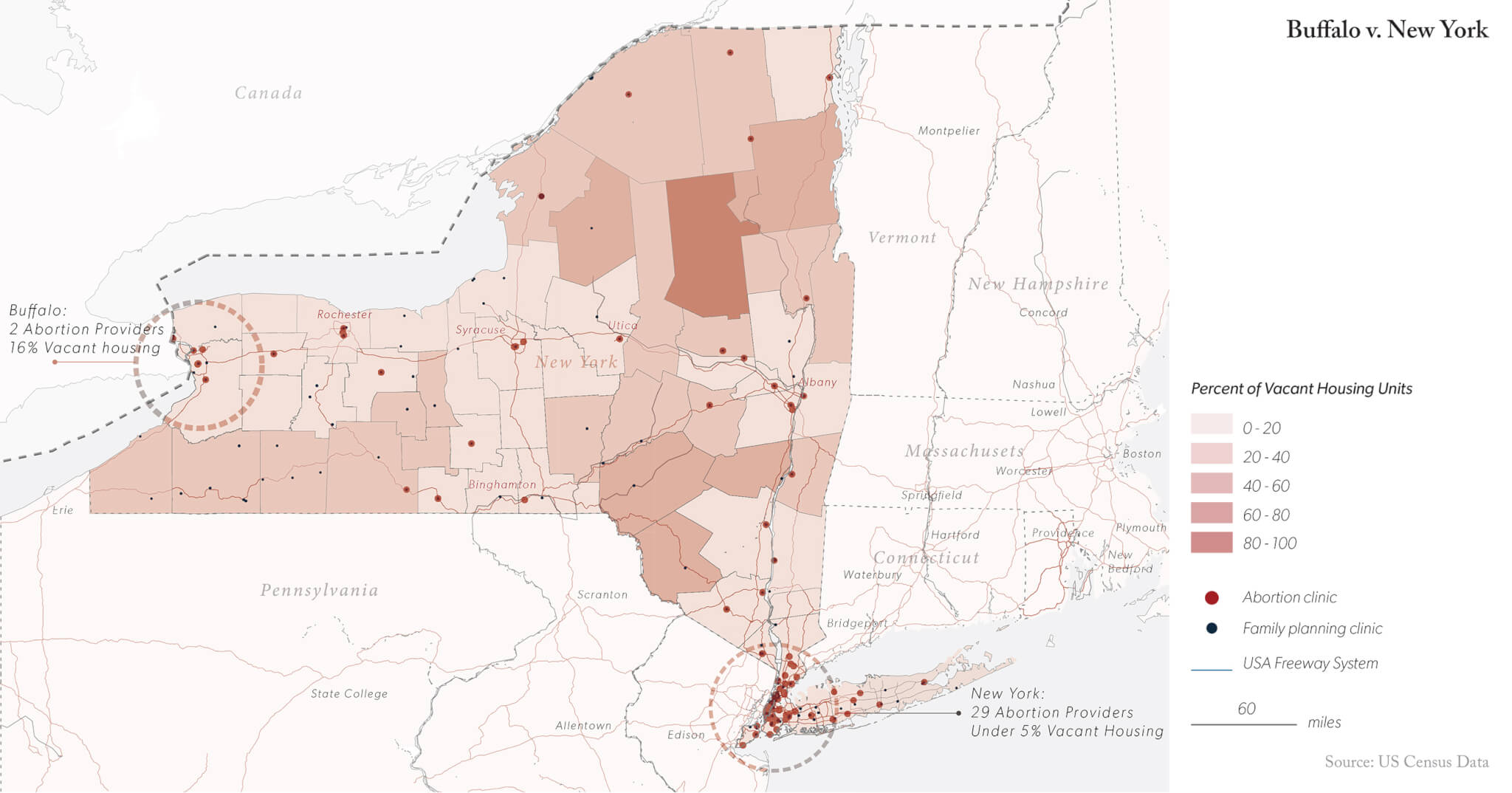
Relatedly, last fall, three studios at three universities across New York State sought to explore the architectural dimension of reproductive healthcare. Motivated by the Supreme Court decision and their larger commitments to abortion access and women’s rights, Brown at Syracuse, Lindsay Harkema at CCNY, and Bryony Roberts at Columbia GSAPP each taught a studio that dealt with questions of reproductive justice and architecture. (Harkema and Roberts practice together in the seven-member WIP Collaborative, a “shared feminist practice of independent design professionals working together on projects that engage community and the public realm.”) The work from the studios is being compiled into a research project about reproductive healthcare, abortion access, and the built environment coordinated by FLUFFFF Studio, a design practice headed by Natalya Dikhanov and Sadie Imae that “explores the intersection of human-derived architecture with its non-human counterparts.”
Though the studios differed slightly in focus—Harkema’s, for example, explored the open question of placing abortion clinics on federal land—they generally followed a similar structure: The courses began with students’ own reflections on their experiences with care, then moved into research about the state of reproductive and sexual healthcare in the U.S., and culminated in a design intervention.
Reviewing final projects from the three studios reveals students’ broad-ranging concerns, from the experience of the person receiving care and designing spaces that foster individual comfort to working around state restrictions via mobile clinics and providing supportive programming like therapy and child care. These interests are no doubt a product of the studios’ intensive research component. Brown told AN that this aspect was central to all three courses: “As architects, we engage the civic realm all the time, and the research required is going to be wide-ranging.”
An example of this range is the work produced in Harkema’s studio, where students created highly detailed maps and graphics that break down the state of abortion access across the country by examining aspects like cross-border travel for an abortion in the Midwest, reviews of clinics across the Northeast, travel routes to clinics in the Northwest, and county-by-county reduction of abortion access in the Southeast.
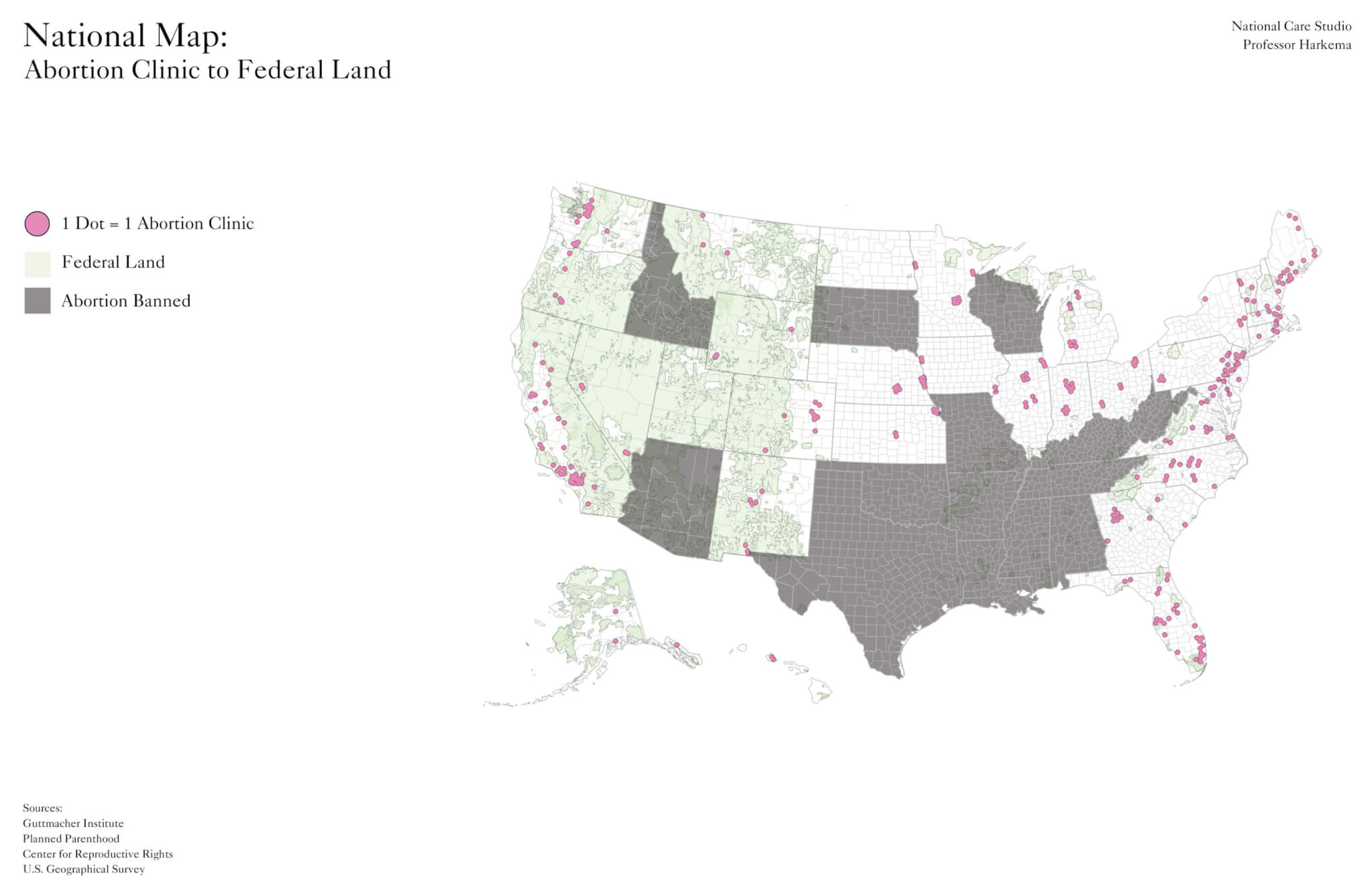
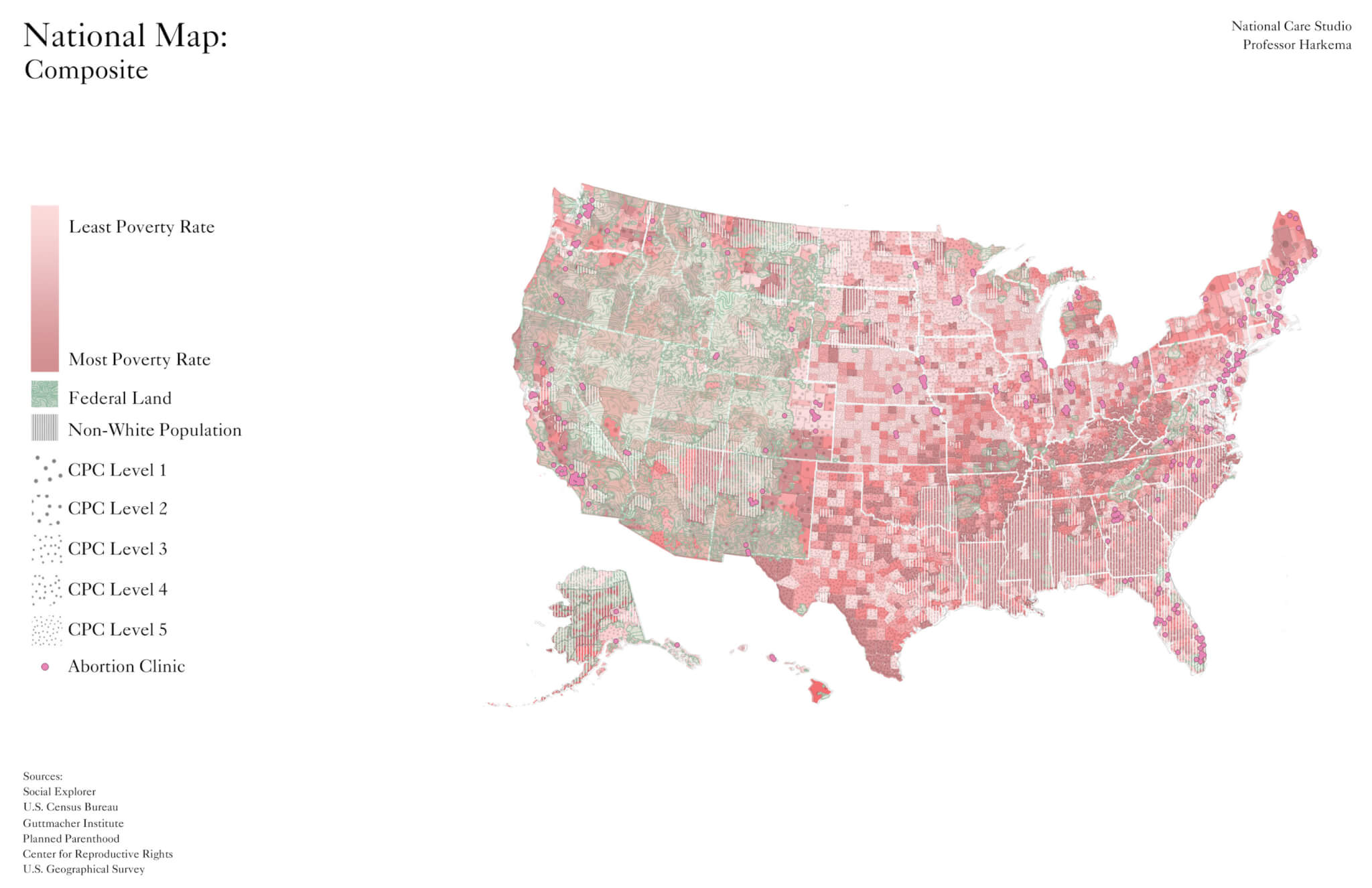
“There were some slides that we showed in our research that people said should be PSAs,” Roberts told AN, remarking on the extent of the research done by students in her studio and the necessity to fully understand the practicalities of the issue before designing potential interventions. For example, “a medication abortion has architectural implications and different programmatic requirements” from a surgical abortion, she said.
Medication abortions have become more commonplace in the U.S. since 2021, when the FDA temporarily allowed the pills, usually a combination of mifepristone and misoprostol, to be mailed to patients. In December 2021, the FDA made the approval permanent, and today the majority of abortions in the country happen with pills. Although Texas federal judge Matthew Kacsmaryk is currently set to make a decision in a federal lawsuit that could ban mifepristone nationwide, for the time being the increased use of medication abortion has spatial implications. “You need a video visit,” Roberts stated. “Is there a space at home to recover? [The procedure] needs multiple types of spaces to make it happen.”
The architectural dimension of access to abortion and reproductive care might not be readily apparent to most people, so FLUFFFF’s efforts in documenting the research and making it publicly available will be crucial to the group’s ongoing work. “Since the AIA hasn’t said or acknowledged anything, we want to get it out in the public space and get some eyes looking in this direction,” Imae offered. “More architects need to recognize that architecture is political.”
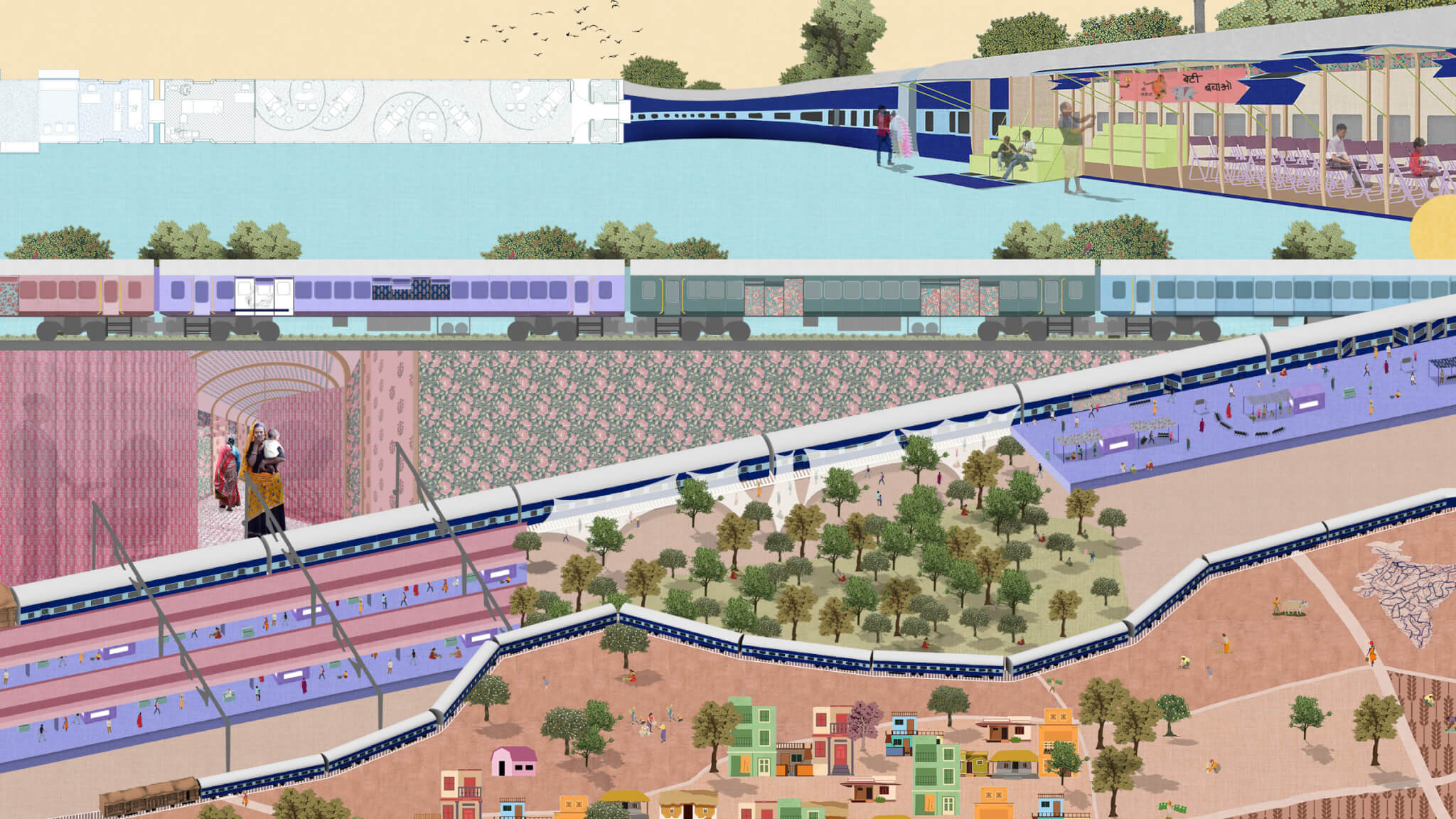
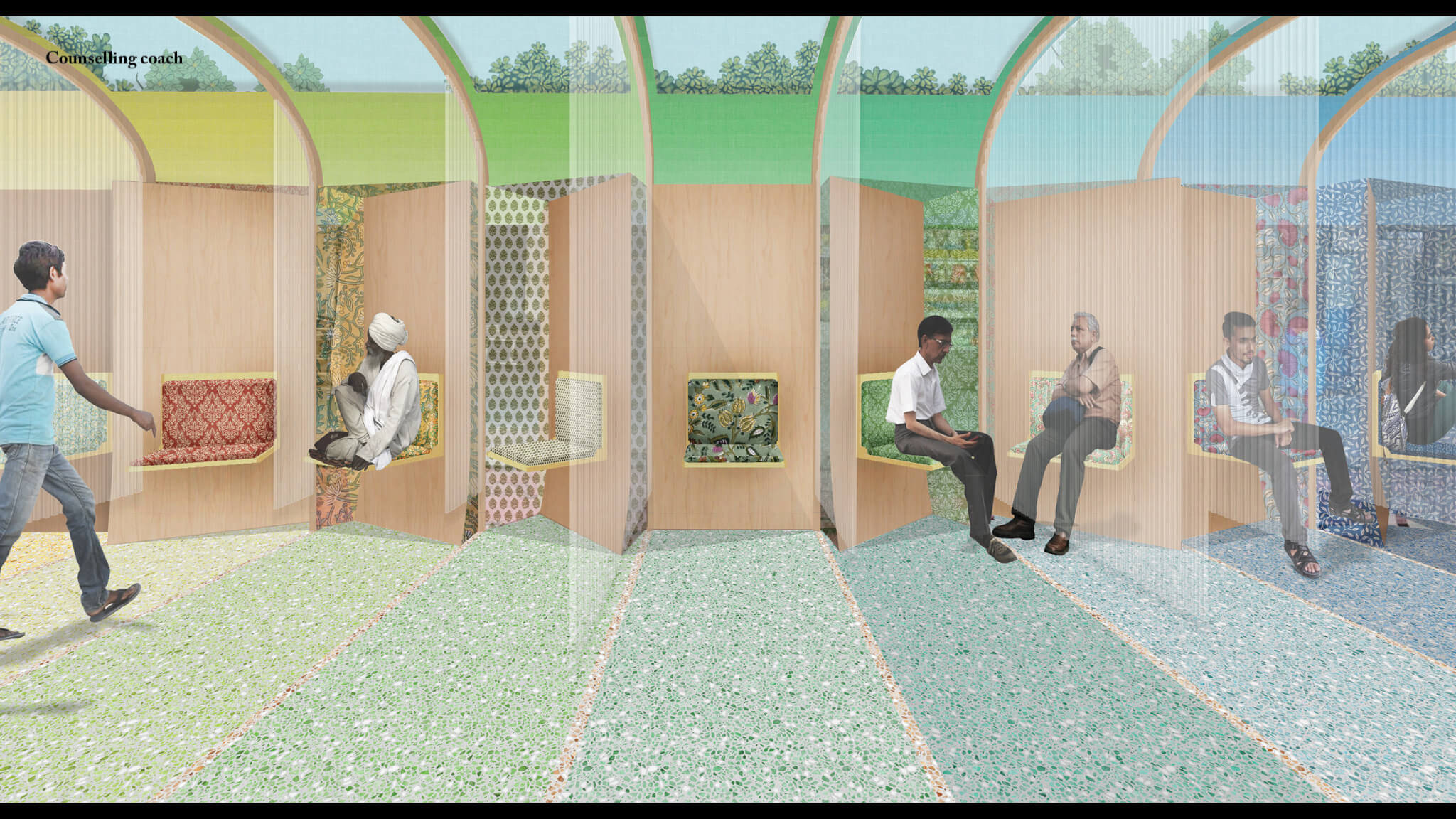
The collective effort will be made public soon: A traveling exhibition, cocurated by Brown, Harkema, Roberts, and FLUFFFF, will originate at the Spitzer School of Architecture at the City College of New York during the next academic year. Building on the structure of the studios, the show will expand on the intersectional and inter-institutional approach to reach a broader audience, both within architecture and outside of it. The show will feature student research and design work, as well as exchanges with guest experts from the fields of public health, reproductive justice, healthcare administration, law, political science, architectural history, and creative practice. At each venue that hosts the show, there will also be supportive programming that will include participation from local students, scholars, practitioners, and care providers.
All three instructors conveyed to AN the exceptional interest from students in the studios’ subject matter and their desire for curricula that engage with issues affecting their lives outside of design education. Dikhanov even mentioned that “student groups are self-organizing to push for this within their curricula.” While this sort of politically engaged architecture studio is rare, Harkema insisted that part of their goal is to “remove the novelty from this in the discipline.”
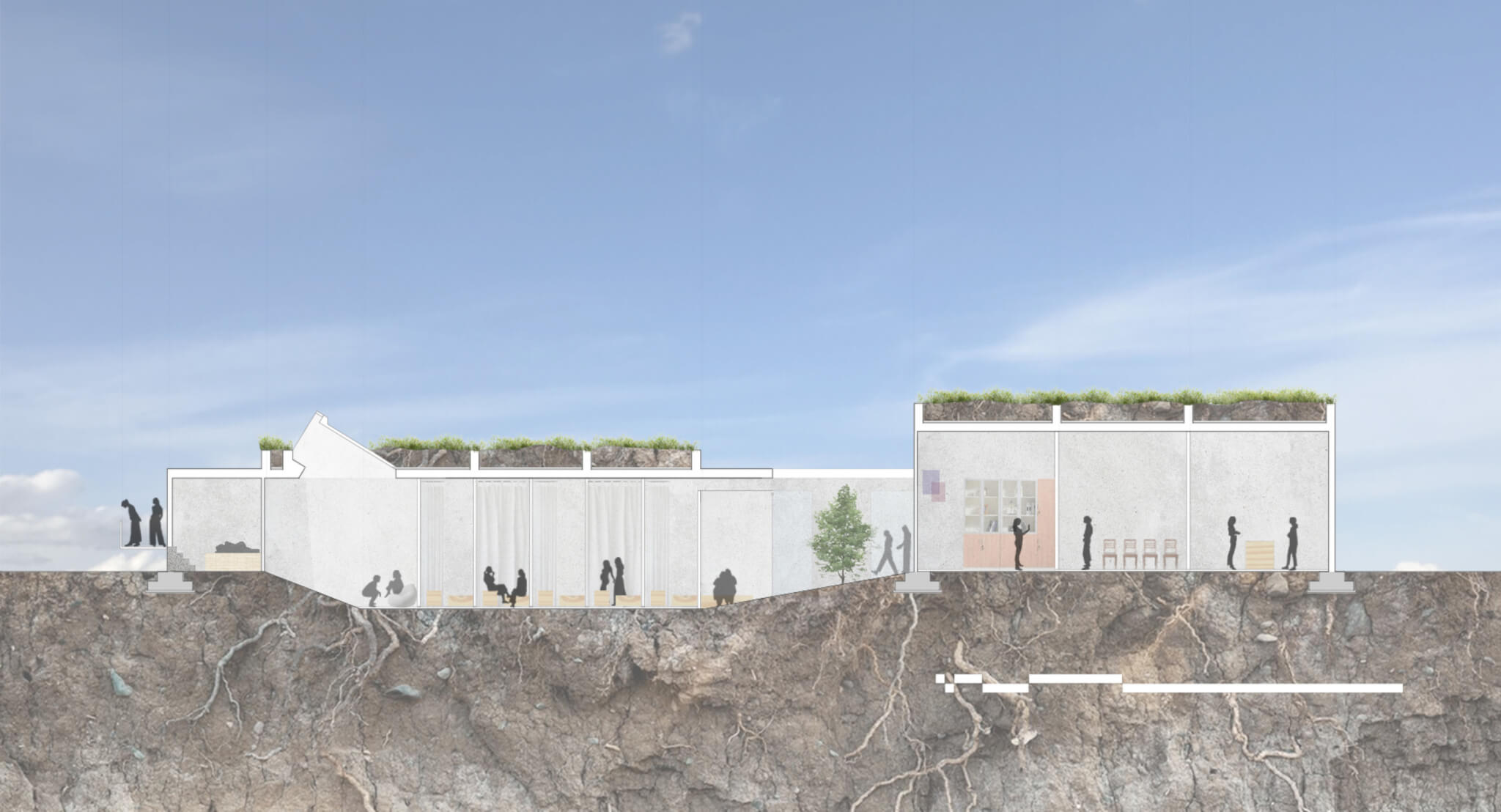
As the abortion access crisis escalates, this is perhaps the studios’ most urgent contribution: In working through solutions via abortion’s architectural dimension, they also clarify and elucidate the political dimension of architecture. And, in so doing, they fill a gap in students’ civic education, equipping them with the skills necessary for engagement with political issues, not just inside the classroom but outside of it as well.
Marianela D’Aprile is a writer in Brooklyn. She is the deputy editor of New York Review of Architecture.




